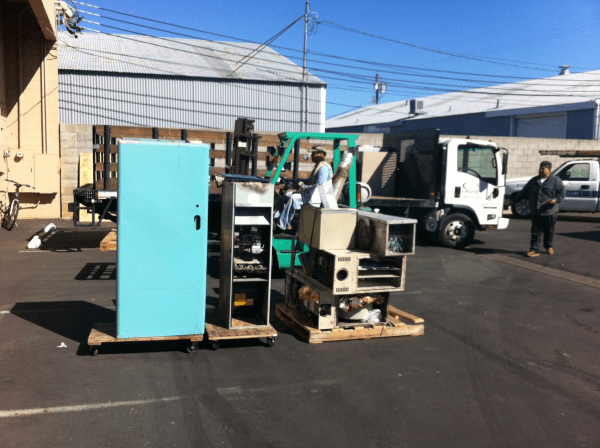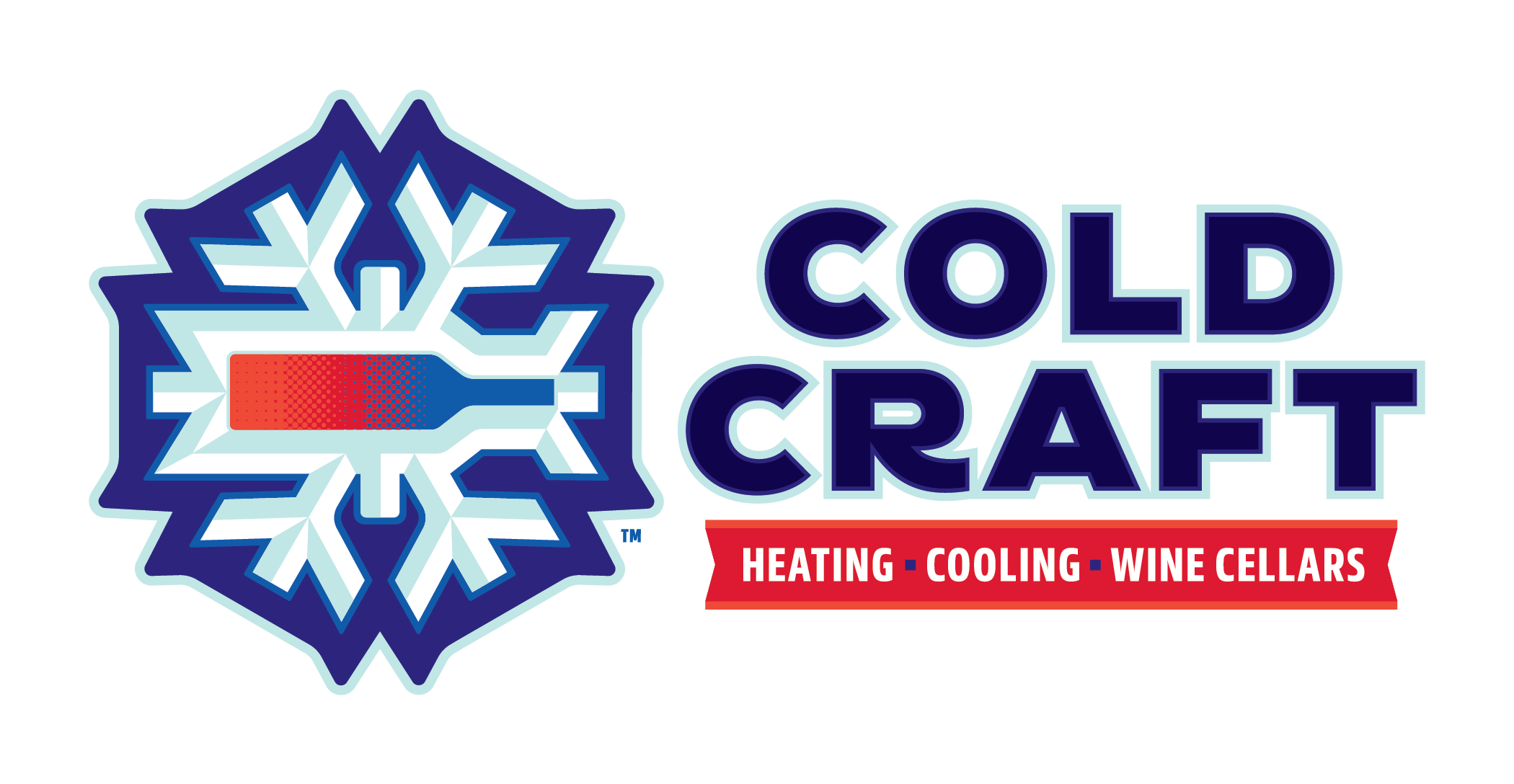Cold Craft gets at least one call a day where some heating and air contractor informs a resident that their equipment needs to be replaced. Most of the time that diagnostic is right on and the equipment is not worth spending more money on or it is downright dangerous from a fire (combustion) or carbon monoxide perspective. Occasionally we see an over ambitious heating and air contractor just trying to move equipment.
If you are wondering if you need to replace your equipment or have been told that you must replace your equipment We give free second opinions on repairs and replacement diagnostics.
 Pictured: Heating equipment that was replaced with more energy efficient equipment being prepared for recycling.
Pictured: Heating equipment that was replaced with more energy efficient equipment being prepared for recycling.
The article below is a pretty complete initial assessment to help you determine whether to move forward seeking more information or not.
This article is from The Home Energy Center
8 Furnace Warning Signs
Discover 8 fast and easy ways to know when to replace your gas furnace before it costs you money or becomes unsafe. A comfortable and healthy home environment requires an efficient and sound heating system. Such a system heats the home without using large amounts of energy and it does not endanger the indoor air quality by overtaxing the supply of oxygen needed for combustion.
It is important to know the 8 warning signs that your furnace may need replacing. It is especially important not to wait until a crisis occurs . A cold night in January, with the furnace faltering or failed, is not the time to assess your heating system. Do it now.
Information is the key to making a wise decision. This report will teach you what the 8 warning signs that your furnace may need replacing.
This report is based on research undertaken by the federal Department of Energy, the Environmental Protection Agency, Minnesota Department of Public Service and electric and gas utilities. It also draws on the training resources of heating and cooling manufacturers, trade associations, and field service personnel.
1. How old is your furnace?
A good place to start is to compare your furnaces age to the national average. The average life expectancy of furnaces in homes today is between 16 and 20 years. If your furnace is close to this age or older, you should begin shopping. Shopping for a replacement furnace in an emergency does not allow time to make your best decision. Most people prefer to replace their furnace as a planned home improvement rather than a panic replacement when your furnace is faltering or failed. For starters, look at your furnace to see if you have a pilot light. If you do, it is almost certain to be over 25 years old!
2. Gas & Electric Bills Going Up?
Rising gas and electric prices are not the only reason for high bills. Furnaces often lose their efficiency as they age especially if they have not been properly maintained. As a result your furnace may run longer to provide the same amount of heat. This will cause your gas & electric bills to go up. The money you pay the gas & electric company every month could be used to pay for new furnace.
3. Any Furnace Repairs in the last 2 years?
Furnaces are like cars. As they age, you can replace one part only to have to replace another part next year. It doesn’t take long to spend $500 just to keep the old furnace running. Furnaces incur the most breakdowns in the last 2 years of their lives. Another repair sign is whether you had to wait to get parts replaced. As a furnace ages, it gets harder to get replacement parts. This waiting can really be cold on a below zero night.
4. Does your thermostat keep you comfortable?
Do you feel that some rooms are too cold while others are too hot? Or are you always trying to adjust your thermostat to make your home more comfortable? This is a sign that your furnace lacks the ability to properly distribute the air to keep you comfortable in your home.
5. Is your burner flame yellow instead of blue?
A yellow or flickering flame may be a sign that poisonous carbon monoxide could be created by your furnace. Other possible signs of carbon monoxide are: Streaks of soot around furnace; Absence of an upward draft in your chimney; Excess moisture found on windows, walls, or other cold surfaces; Excessive rusting on flue pipes, other pipe connections, or appliance jacks; Small amount of water leaking from the base of the chimney, vent, or flue pipe; Rust on the portion of the vent pipe visible from the outside.
6. Is your furnace making strange noises?
Old furnaces often start to make some strange noises as they get toward the end of their life. Have you heard any banging, popping, rattling, or squealing noises coming from your furnace? Another noise is when you hear the furnace blower running excessively. Does your blower turn on & off frequently or does it blow cold air sometimes? If so, this is a sign that your furnace may need to be replaced.
7. How have you & your family been feeling?
Furnaces as they age run the risk of developing cracks in the heat exchanger inside your furnace. Carbon monoxide, if present, could leak into your home undetected. Signs of this may be frequent headaches, a burning feeling in nose or eyes, nausea, disorientation, flu-like symptoms. Should you experience any of these, air out your house, open a window to the furnace room and immediately call a gas service technician. Cracks in the heat exchanger can occur undetected which is why no one advises waiting until they occur.
8. Is your house dry or dusty?
Old furnaces often lack the ability to moisturize and clean the air in your home. Your house air may feel stuffy or stale. Does anyone in your family suffer from allergies to airborne dust, mold, pollen, viruses or dander? Or does anyone suffer from dry nose, dry throat, or dry skin? Other signs may be frequent dust accumulation, static shocks, drooping plants, furniture cracking and musical instruments that do not stay in tune. These signs all suggest that your old furnace is not capable of providing you with the comfort you and your family may want.
If you need help with temperature, contact Cold Craft, Inc.
408.374.7292 or [email protected]
Share This Article!
Newsletter
Subscribe to our newsletter and stay updated on the latest.
Your email is safe with us, we don’t spam.
